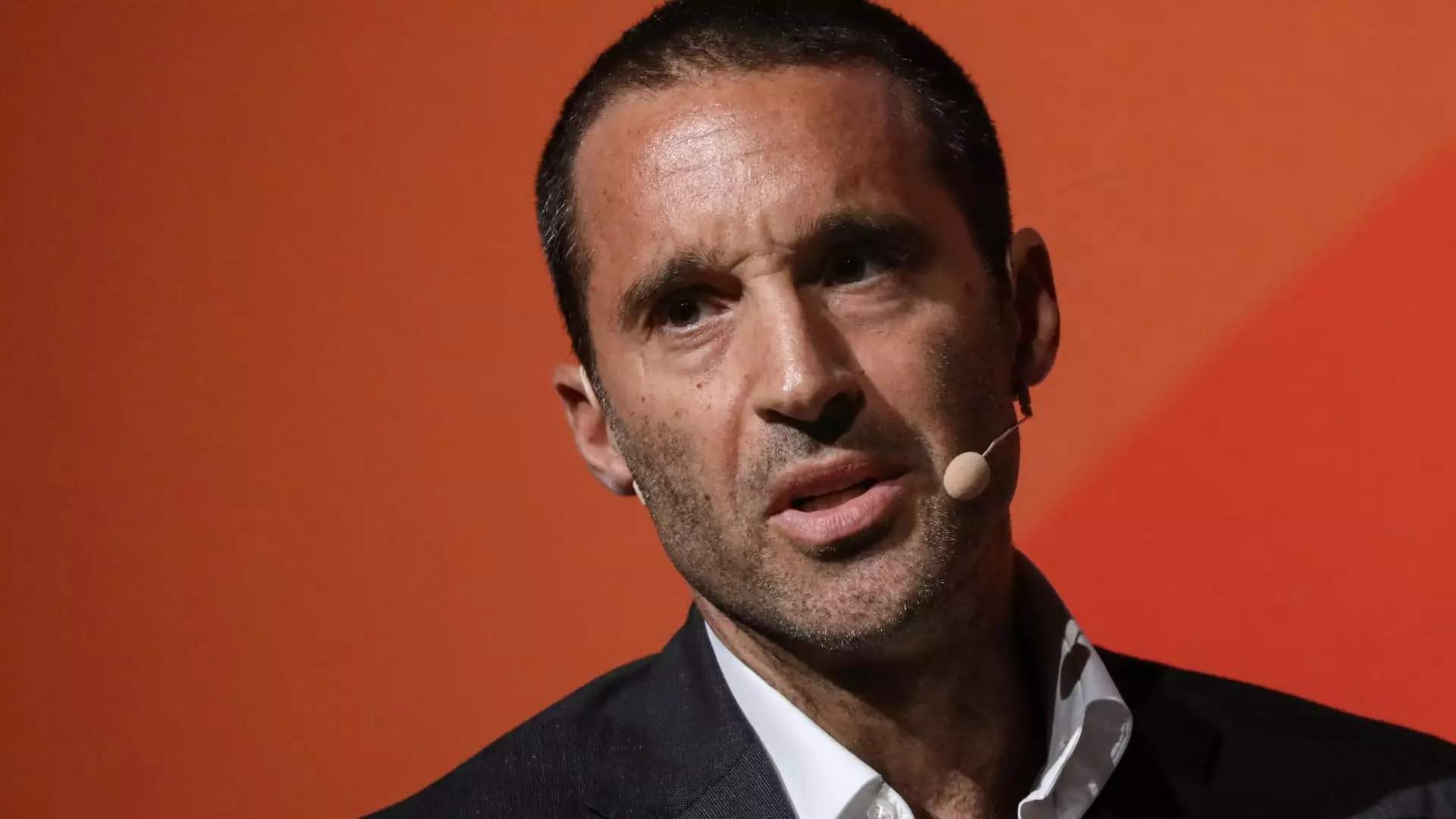D1 Capital, the hedge fund helmed by Daniel Sundheim, recently declared significant alterations to its portfolio in its latest securities filing. This shift marks a pivotal period for the fund not only as it reassesses its investment strategy but also as it responds to the rapidly evolving market dynamics at the commencement of 2025. The decision to divest from established positions, including blue-chip giants such as Bank of America and Microsoft, raises questions regarding the future trajectory of Sundheim’s investment philosophy and the overarching trends currently influencing hedge fund strategies.
Shifting Focus: New Acquisitions and Market Trends
Among the fresh acquisitions that D1 Capital has made are stocks such as 3M, AppLovin, Elevance Health, Delta Air Lines, and Capital One Financial. Notably, both 3M and Elevance Health have quickly climbed to become among the fund’s top ten equity positions by the end of December. These strategic investments appear to align with broader market trends, particularly the growing emphasis on sectors tied to technological innovation and healthcare transformation. For instance, AppLovin’s significant surge—an impressive 57% rise since the start of the year—indicates the fund’s eagerness to capitalize on digital growth in an increasingly online-oriented economy.
While the recent acquisitions are noteworthy, it is intriguing to highlight that Instacart continues to command the largest share of D1 Capital’s portfolio, valued at over $900 million at year-end. This steadfast commitment during a period of significant stock rotation underscores both the confidence Sundheim has in Instacart’s growth potential and perhaps a reluctance to disrupt a core aspect of his investment strategy. However, the lack of diversification in terms of exiting other tech heavyweights poses a risk, particularly as the market remains volatile and subject to rapid shifts.
D1 Capital’s decision to exit positions in companies like Starbucks and Carnival Corp, while retaining a significant investment in Royal Caribbean, illustrates a selective approach to portfolio adjustments. Such a strategy may reflect a methodical analysis of which sectors are best positioned for recovery, especially in light of changing consumer behaviors post-pandemic. However, the fund’s move to reduce exposure in these marquee names invites scrutiny, particularly considering the potential long-term value of these consumer-centric brands.
As we progress into 2025, the implications of D1’s strategic maneuvers will become clearer. The gains from its newly acquired stocks indicate a promising start, yet the unquantified impacts of its liquidations on existing holdings loom large. Moreover, the absence of data concerning trades executed post-December 31 leaves room for speculation surrounding the agility of Sundheim’s strategy. Ultimately, D1 Capital’s decisions not only reflect the fund’s adaptive strategies but also illuminate broader trends within the hedge fund ecosystem, accentuating the dual pressures of seizing short-term opportunities while laying the groundwork for long-lasting investment success.


Leave a Reply